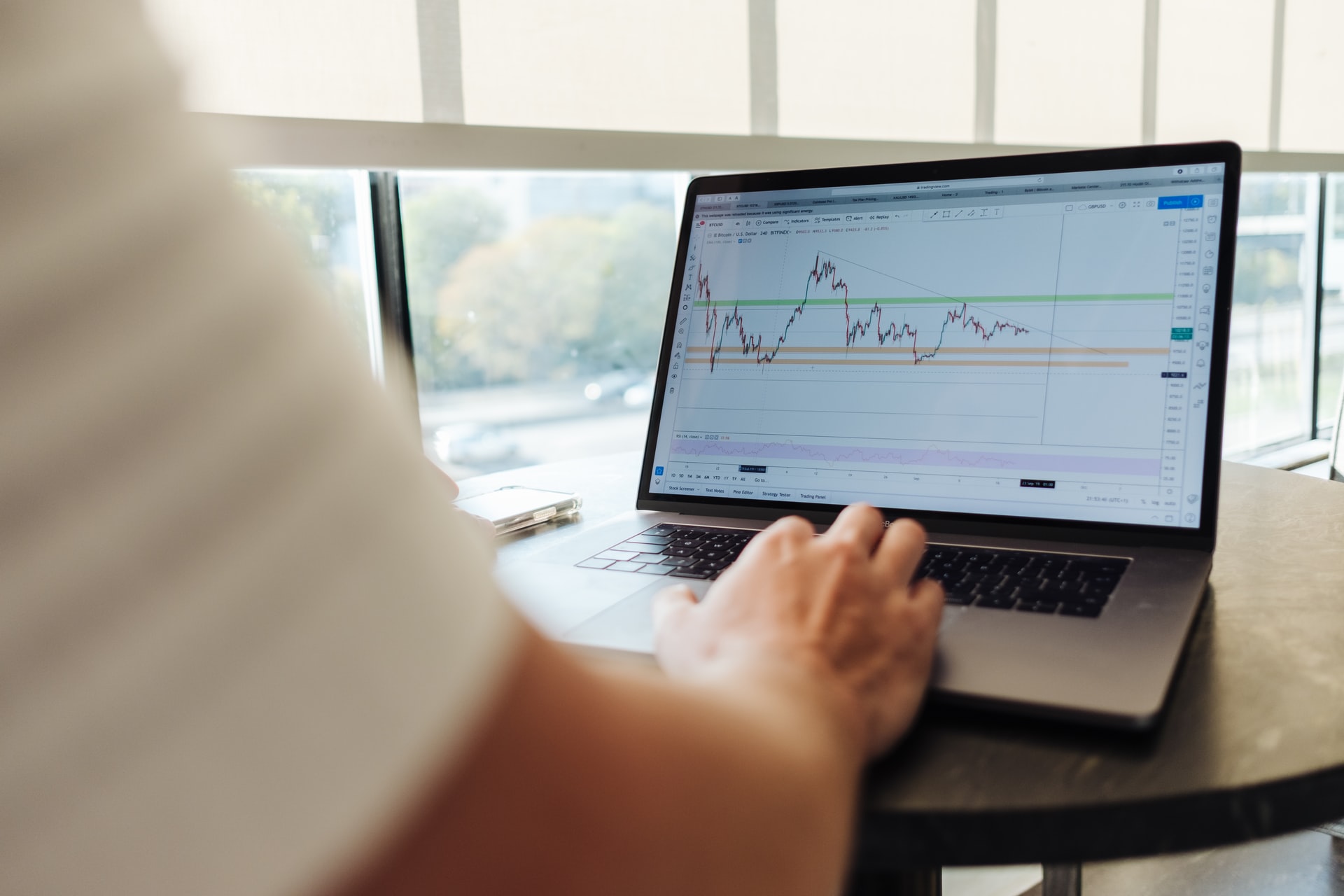The lightning-fast evolution of science and technology is sure to overwhelm anybody, including the majority of business leaders. New technologies are cropping up at such a regular interval that it leaves business leaders bewildered. They feel confused about what would suit their investment and implementation needs and the right time for it. For the foreseeable future, such rapid development of technology isn’t going to abate. The top trends that you want to watch out for as this year nears its end is as follows.
- Webinars
We all know that knowledge is as good as power. And few things equal the empowering value that businesses can create through webinars. A webinar is an excellent way for companies to make their potential customers aware of the importance their products and services can potentially have on their lives. Carrying out webinars is pretty straightforward and doesn’t require complex software or hardware tools, as pros over at ecosecretariat.org/best-webinar-software/ explain to anyone looking for detailed information on webinar software tools. Webinars are a highly effective way for businesses to boost customer awareness. Including niche thought leaders in your webinar is a great way to build credibility and trust for your brand too!
- Respect Customer Data
There has been a notable trend that reshapes the relationship between businesses and the customer data they collect and log of late. Recently several technologies have emerged that could potentially disrupt this relationship. Data safety and privacy issues are getting more and more critical for the general public at large. Along with it, we are witnessing the rise of technologies that serve to protect online privacy and keep user data secure. Such technical tools let people mask out their online footprint.
- New Payment Modes
Many leading UK FinTech experts expect alternative payment modes to change the very way businesses operate. However, they are unlike cryptocurrencies and work based on bank accounts in the traditional banking system. Such services facilitate peer-to-peer financial transfers through the use of mobile banking apps. Consumer banking has yet been the focus of such apps, but we are just starting to see new apps cater to the business user sector. This shifting from card-based payment methods to one working based on a person or business’s bank account can save the users a small fortune. But security measures that protect from fraud and scams need to be beefed up too.
- Facial Recognition
There are plenty of technologists out there willing to put their reputation at stake in rooting for facial recognition technology. They believe it to be the next big thing that can radically change the way businesses and governmental authorities function. It has been somewhat welcome with wide open arms with the significant role envisaged during the upcoming Tokyo Olympics. As experts don’t fail to point out, its role in stand monitoring is just a single technology application with revolutionary capabilities. However, note that the tech behind the magic is still being developed and is far from being mature and reliable. Nevertheless, it promises much and has got off to a great start.
- NLG
NLG is an acronym that refers to the technology of Natural Language Generation. It is something that most of us should be familiar with thanks to the incredible popularity of devices like Alexa and Google Assistant making use of it. The technology finds everyday use in coming up with voice answers to complex queries involving business data. NLG is all poised to play a crucial role in the humanization of data. It serves to translate business insights into a real-life setting. NLG allows business users to ask for periodic comparisons only as bar charts and get the information in the form they asked.
- Edge Computing
This idea of processing data near network edges instead of central warehouses can save businesses a significant amount of money and respond to businesses’ needs faster. These advantages are a result of the actual processing taking place near the data source. As a result, the company can cut down on bandwidth costs and respond quickly, even if it is somewhere really remote.
- Use Unused Data
There is this major issue that businesses have regarding dark data. As per experts, over 60% of firms in the UK alone can’t tap into and use over half of the available data. Using this “dark data” will further reduce dependency on gut feelings and let business users make more informed decisions. It makes use of dark data, another area with a lot of room for technological development.
As discussed earlier, the scorching pace of technological change is unlikely to change anytime soon. So, it is hard for business leaders to do the equivalent of separating the wheat from the chaff. These are some possible ways this technological evolution could bring the maximum benefit to you. Here’s to your triumph in investing in suitable technologies!




































